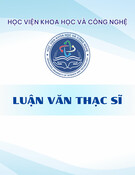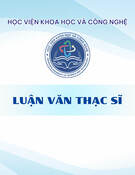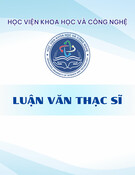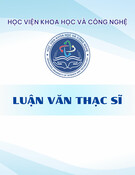
iv
Table of Contents
ABSTRACT .............................................................................................................................. 1
CHAPTER 1 ............................................................................................................................. 4
1.1 Nanotechnology .............................................................................................................. 5
1.1.1 Nanomaterials .......................................................................................................... 5
1.1.2 Metal nanoparticles .................................................................................................. 7
1.1.3 Bimetallic nanoparticles .......................................................................................... 9
1.1.4 Use of templates for nanoparticle loading ............................................................. 10
1.2 Applications of Nanotechnology .................................................................................. 13
1.2.1 Biosensors .............................................................................................................. 13
1.2.2 Catalysts................................................................................................................. 15
1.3 NanoZymes ................................................................................................................... 16
1.3.1 Types of NanoZymes............................................................................................. 17
1.3.2 Application of NanoZymes in biosensing ............................................................. 20
1.4 Motivation ..................................................................................................................... 24
1.5 Thesis outline ................................................................................................................ 24
1.6 References ..................................................................................................................... 26
CHAPTER 2 ........................................................................................................................... 34
2.1 Introduction ................................................................................................................... 35
2.2 UV-visible Absorption Spectroscopy ........................................................................... 35
2.3 Fluorescence Spectroscopy ........................................................................................... 37
2.4 Atomic Emission Spectroscopy (AES) ......................................................................... 37






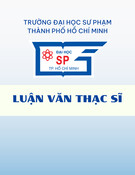

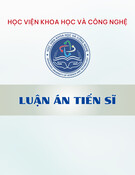
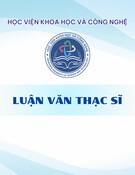
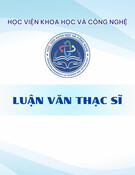
![Luận văn Thạc sĩ: Tổng hợp và đánh giá hoạt tính chống ung thư của hợp chất lai chứa khung tetrahydro-β-carboline và imidazo[1,5-a]pyridine](https://cdn.tailieu.vn/images/document/thumbnail/2025/20250807/kimphuong1001/135x160/50321754536913.jpg)
